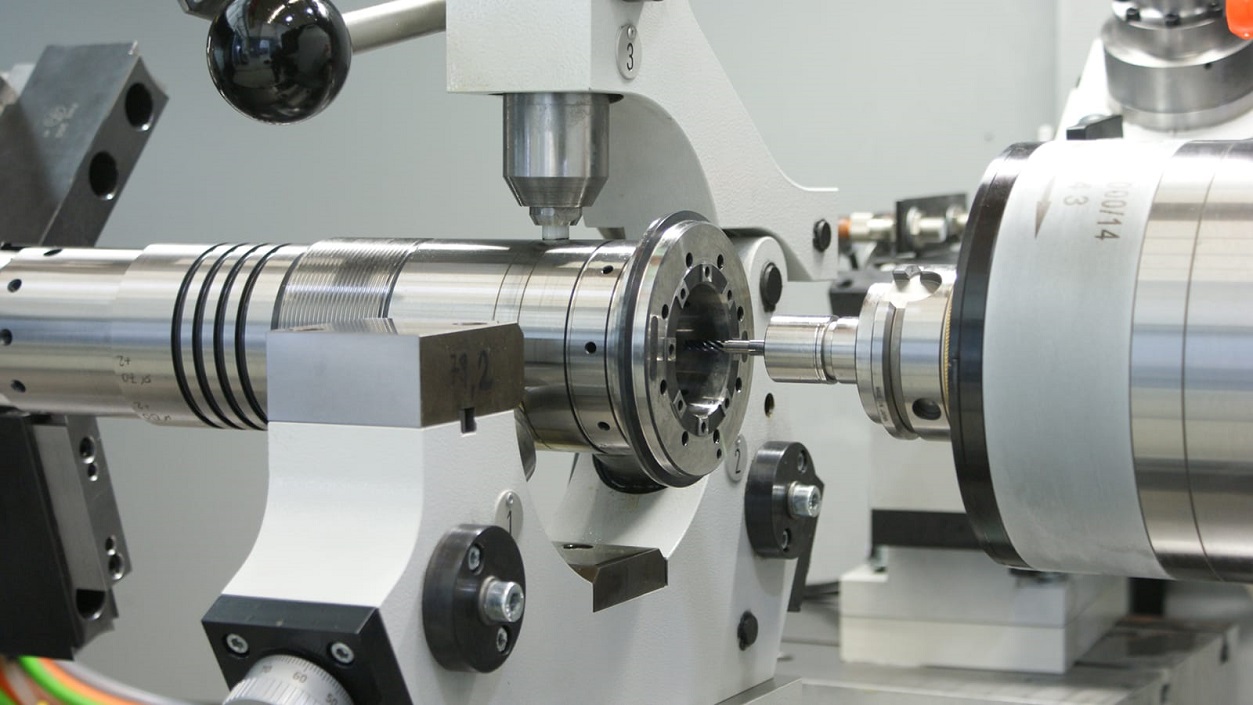As threats from terrorism and violent crime continue around the world, protecting people through reinforced architecture is becoming increasingly important. Blast resistant and bulletproof buildings offer refuge from explosions and gunfire, providing safety during catastrophic events when every second counts. Through strengthened designs and fortified materials, these specialized structures can save lives.
Making Buildings Bombproof
In the wake of terrorist bombings targeting civilians, constructing blast resistant buildings has become a priority in many nations. Engineers design structures to withstand powerful explosions from improvised explosive devices (IEDs) without catastrophic collapse. Reinforced concrete and steel beams that maintain their integrity even under extreme force are commonly used. Strategic glazing and window fittings help contain flying debris. Penetration-resistant façades prevent bomb fragments from entering. such measures aim to localize damage and prevent casualties.
Numerous factors influence a building’s blast resistance, including its layout, external cladding, internal partitions and floors. Open floor plans maximize the effects of detonations while compartmentalization limits their spread. Reinforced frames and load-bearing walls channel explosive energy upward and away from occupants. Rigid connections between structural elements maintain stability under powerful shockwaves. Proper setbacks and barriers around buildings also mitigate adjacent hazards. With careful planning and fortification, the goal is to ensure a structure remains standing and functional after an explosion.
Bulletproof Architecture Against Active Shooters
While bombproofing hardens buildings externally, incorporating bulletproof designs internally focuses on passive defense against armed assailants. Active shooter scenarios have escalated the need for reinforced barriers, impact-resistant glazing and reinforcement capable of stopping high-velocity projectiles. Ballistic glass, laminated acrylic and multilayered polyethylene succeed where ordinary windows fail, shielding lives. Reinforced doors, panic buttons and surveillance systems aid emergency responses.
Certain materials like steel-reinforced concrete outperform others, as do layered or composite solutions. Their ability to defeat ammunition depends on factors like velocity, caliber and firing distance. While total Blast resistant and bulletproof buildings remains impractical for entire structures, targeted hardening of entryways, lobbies, corridors and safe-rooms denies attackers access to potential victims. It buys valuable time for law enforcement interventions or escapes. Testing verifies a system’s certified protection level against common firearm threats. Combined with trained security personnel, hardened architecture combats violence in real-time.
Can Buildings be Made Entirely Bulletproof?
Completely bulletproofing a large building poses both practical and financial challenges. While point fortifications serve to channel assailants or redirect fire, rendering an entire multi-story complex impervious is unrealistic given construction and material constraints. Even with advanced composite armors, the weight and costs rapidly escalate with coverage. However, strategically implemented, partial reinforcement yields disproportionate benefits relative to investments.
Focusing on life-critical and chokepoint areas allows channeling response efforts. Lobbies direct traffic flows, so containing incidents there influences broader outcomes. Corridors funnel movement, hence limiting access maintains options. Safe areas sequester vulnerable groups. With barriers integrated thoughtfully based on usage and likely engagement zones, the goal shifts from absolute protection to guiding threats toward harder, more controlled contact points. There, elite materials and multi-hit capabilities maximize defensive abilities within realistic budgets.
Future Trends in Fortified Architecture
As threats evolve, so too must countermeasures. Advances in digital monitoring, predictive intelligence and responsive constructions will enhance building defenses going forward. integrated sensor networks fusing video, biometrics, structural integrity data and IoT analytics enable early detection of anomalies to expedite preparation and guide first responders. Automated barriers, electrified surfaces and programmed glazing present dynamic impediments activated remotely or autonomously during emergencies. Advanced materials from self-healing concretes to transformable façades bringing progressive reinforcement on demand.
Combined with societal determinants, these trends portend an architecture empowered to dynamically safeguard residents through integrated technology, predictive intelligence and progressive hardening. While total invulnerability remains impossible, constant innovation nurtures an ambient level of resilience against foreseeable dangers through adaptive, proactive fortification. Thus future safe structures hold potential to detect, deter and defeat modern threats with greater precision and speed than fixed constructions of today, transitioning defenses from reactive to preemptive.
As violence persists worldwide, developing fortified architecture represents an ongoing imperative. Through composite materials, compartmentalization strategies and targeted hardening of chokepoints, buildings can be substantially reinforced to weather bomb blasts and gunfire without catastrophic structural failure. While absolute protection presents practical constraints, integrated defensive measures systematically guide threats toward controlled engagement zones defended by advanced barriers and layered materials scientifically proven to defeat common threats. Looking ahead, cutting-edge digital integration, material science and responsive designs will further strengthen buildings through ambient awareness, predictive intelligence and on-demand fortification against evolving dangers. When every second counts, blast resistant and bulletproof structures offer life-saving refuge through formidable yet balanced engineering.
*Note:
1. Source: Coherent Market Insights, Public sources, Desk research
2. We have leveraged AI tools to mine information and compile it




